Cristina Iglesias turns derelict lighthouse into staggering geological sculpture
Spanish artist Cristina Iglesias has transformed a lighthouse on Donostia-San Sebastián’s Santa Clara Island into a kinetic water sculpture
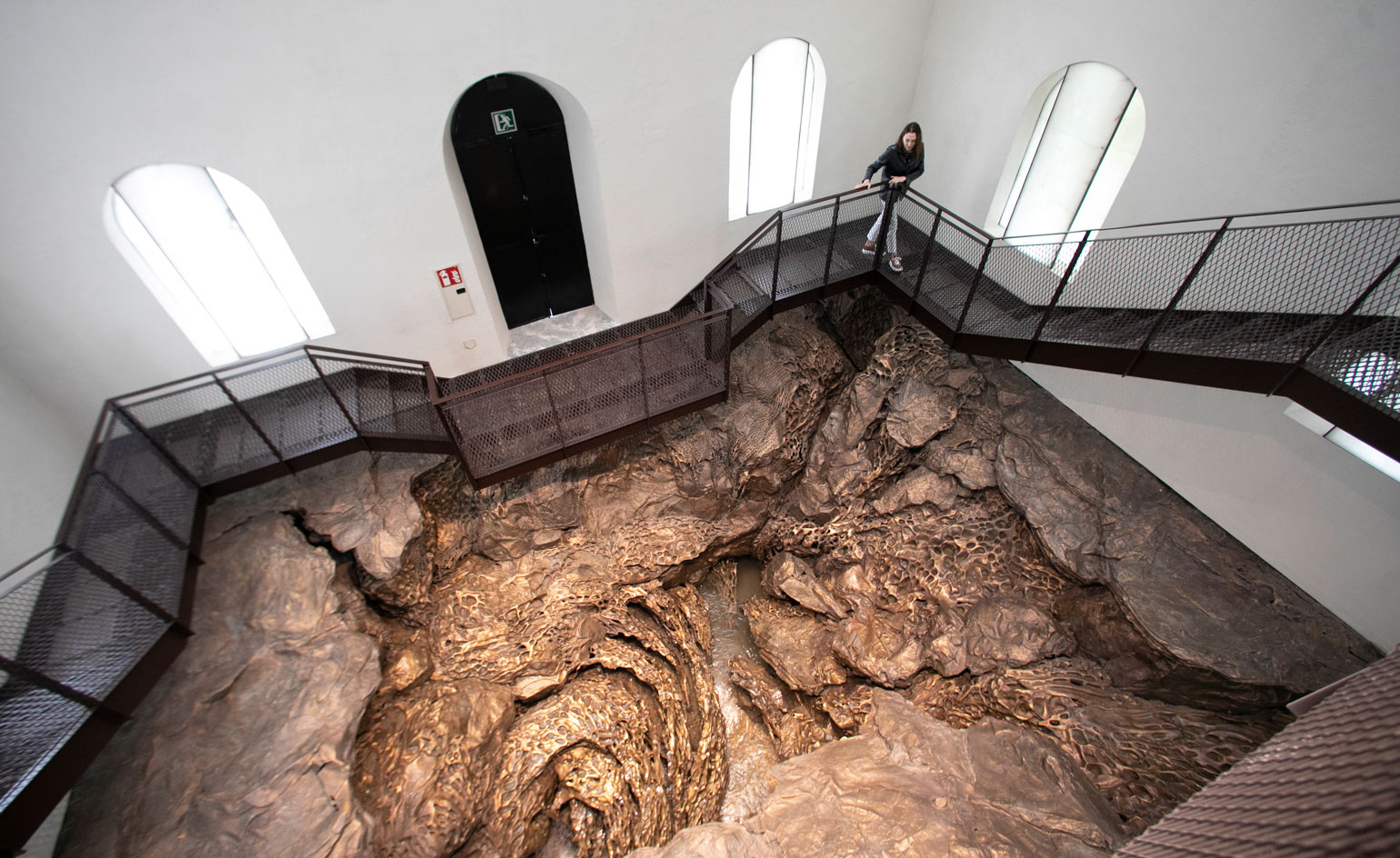
The wild waters of the Basque coast, a lighthouse in critical condition, the peculiar geology of Santa Clara Island: these are ambitious ingredients for a sculptural recipe, but one that Spanish artist Cristina Iglesias (who won the 2020 Royal Academy Architecture Prize) has combined to staggering effect.
For the location of Hondolea (Marine Abyss), Iglesias chose a lighthouse on the cusp of dereliction in which she created vertiginous sculptural environment deep in the island’s rock. Now open to the public, the sculpture is set to become part art, part site of pilgrimage – a recurring combination in Iglesias’ work.
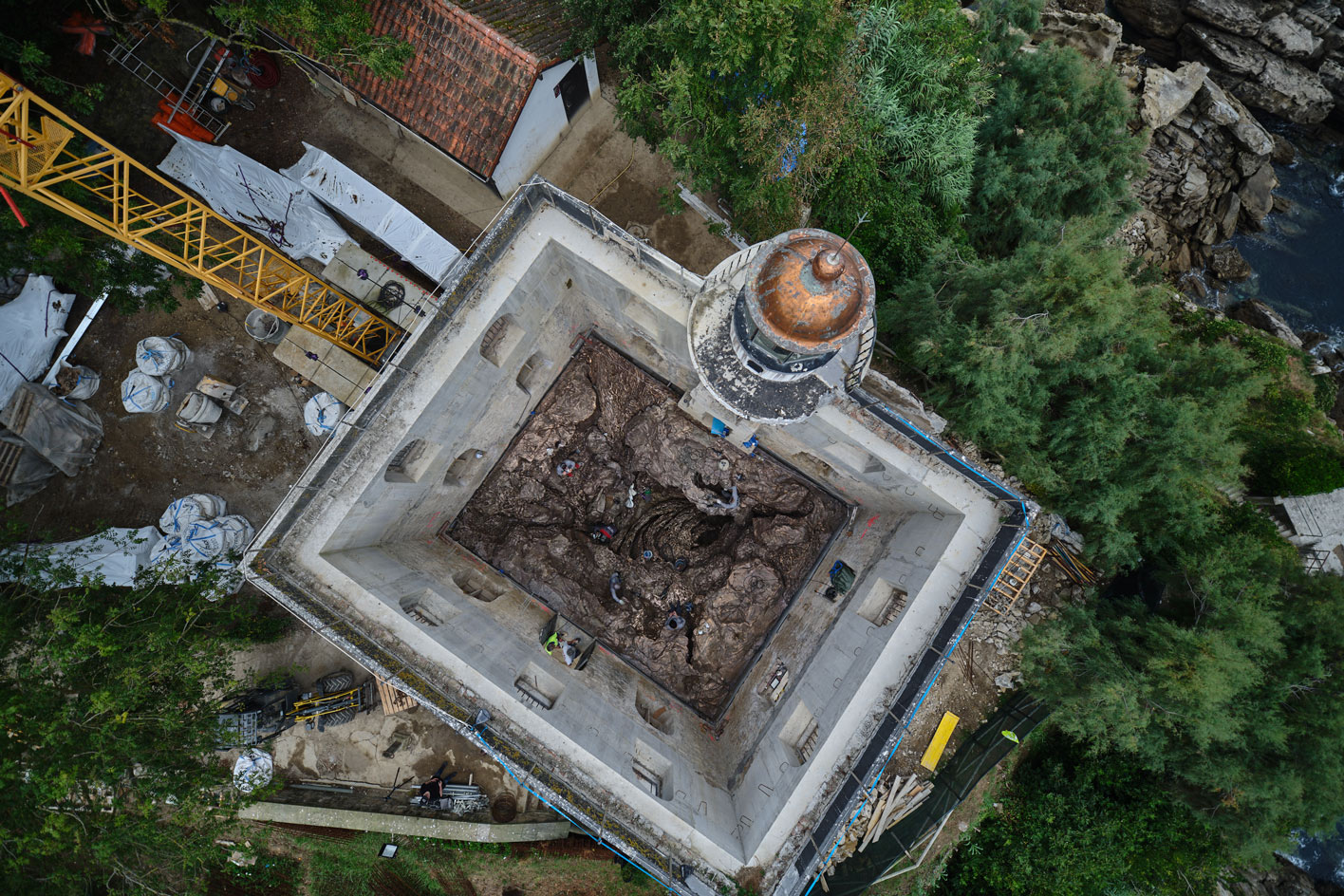
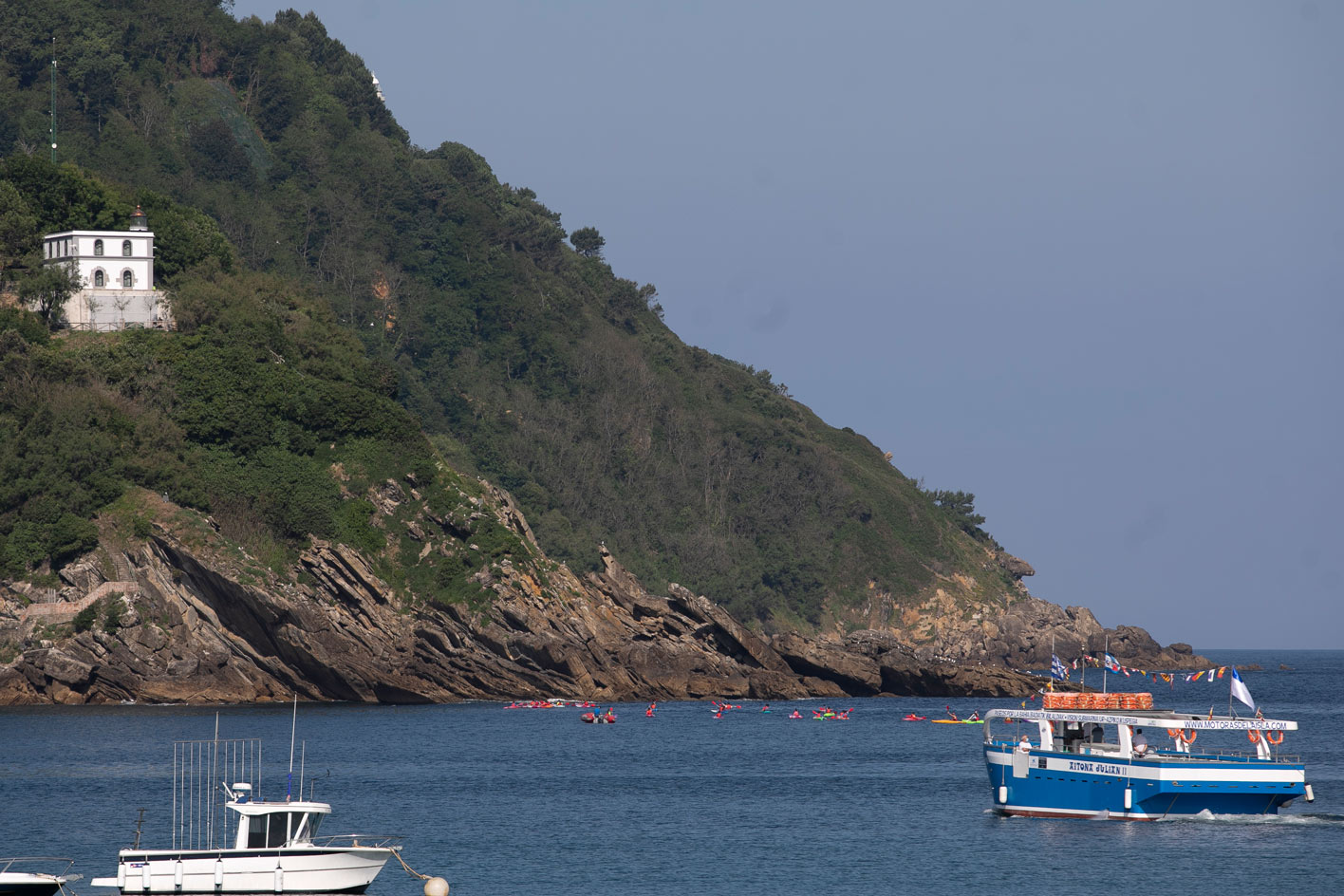
Top: The Lighthouse of Santa Clara Island , Above: Santa Clara Island
Found everywhere from inner cities to remote landscapes, the artist's horizontal fountains, submerged rooms and tropical mazes bring together literature, architecture, geology and botany to create immersive spaces that meditate on the relationship between humans, nature and how the two intersect.
Hondolea is no exception, but what can intrepid visitors expect? Iglesias has excavated the entire floor of the lighthouse. Below, cascading rock-like formations in bronze resemble the geology of the bay and surrounding coastline. Rhythmic, mesmerising water flows create the illusion of crashing waves. Aside from its artistic merits, the work is a feat of engineering and logistics, using a complex system of hydraulic machinery.
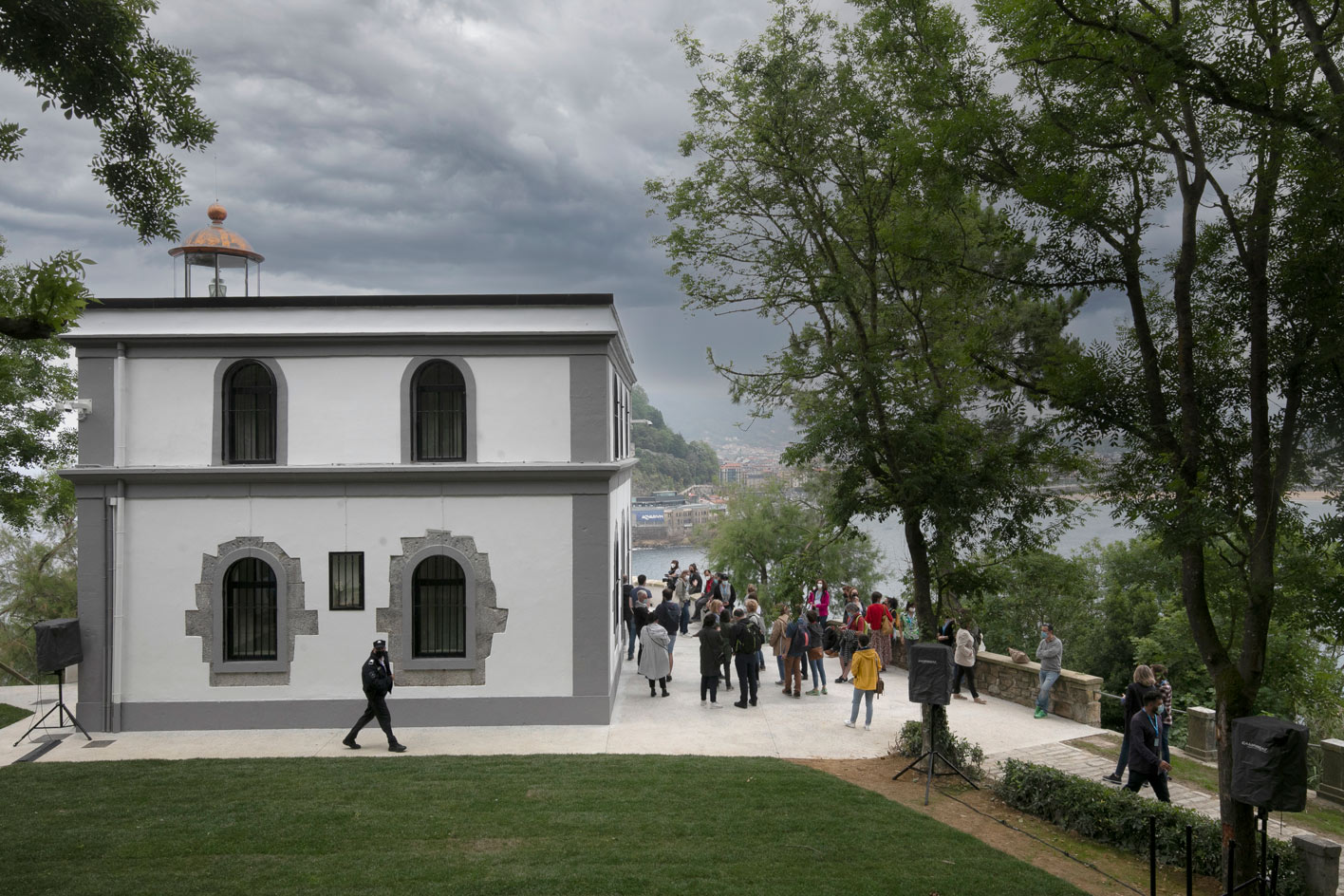
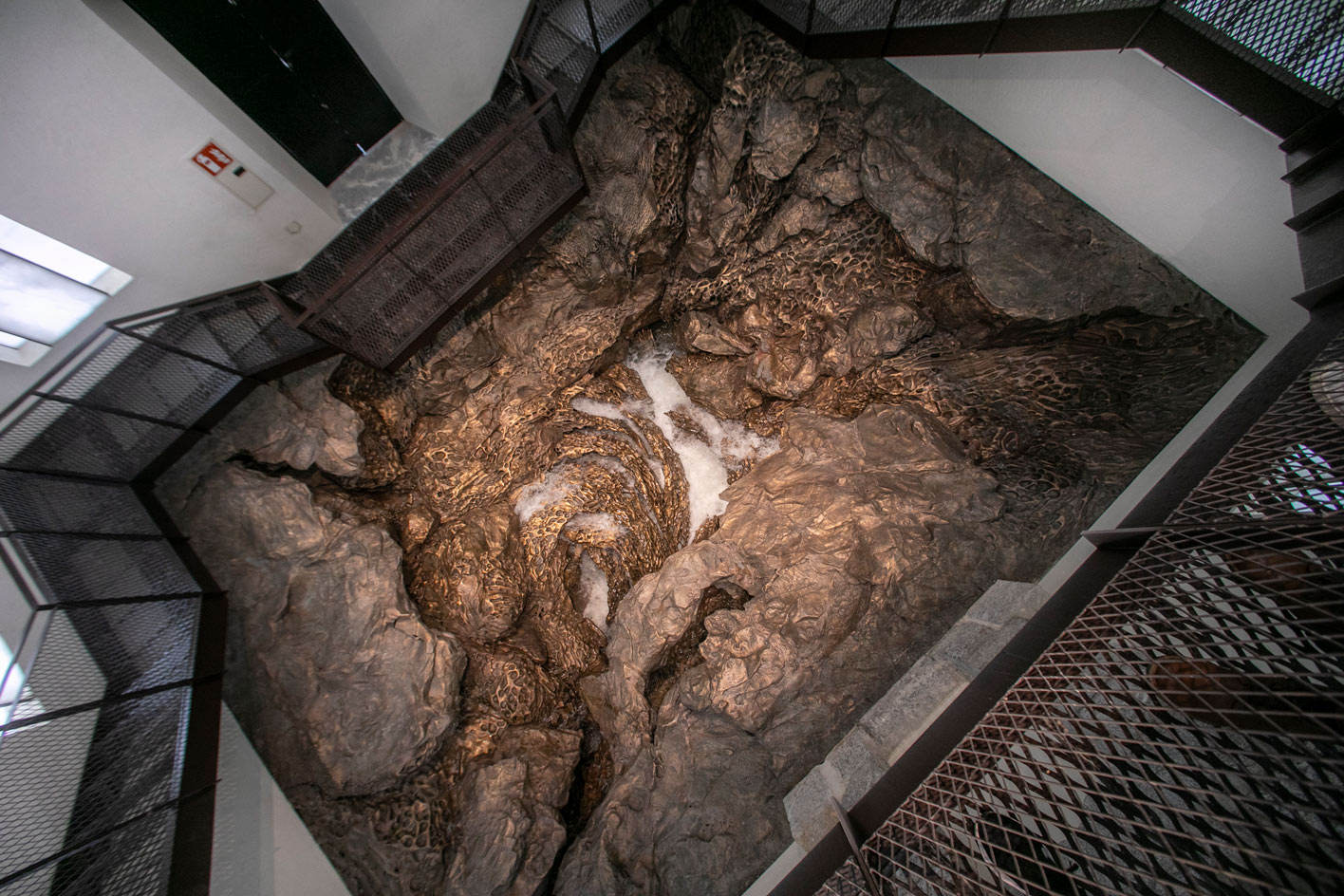
From its conception, Iglesias had planned to donate Hondolea to Donostia-San Sebastián and has worked closely with the City Hall over the last four years to create a striking work that incorporates the distinctive geology of the Basque coast and its rough waters. Iglesias explained on Instagram: ‘The piece is a place that represents the remoteness within the city, a meeting point for citizens to observe, think and reflect on nature and the importance of its conservation.’
In conjunction with the Donostia-San Sebastián commission, a new book, Liquid Sculpture: The Public Art of Cristina Iglesias, edited by Iwona Blazwick and Richard Noble, has been published by Hatje Cantz. The text sees an international roster of curators, art critics, philosophers, architects and scientists weigh in on the social and ecological potential of art in urban and rural space, informed by the themes in Iglesias’ work.
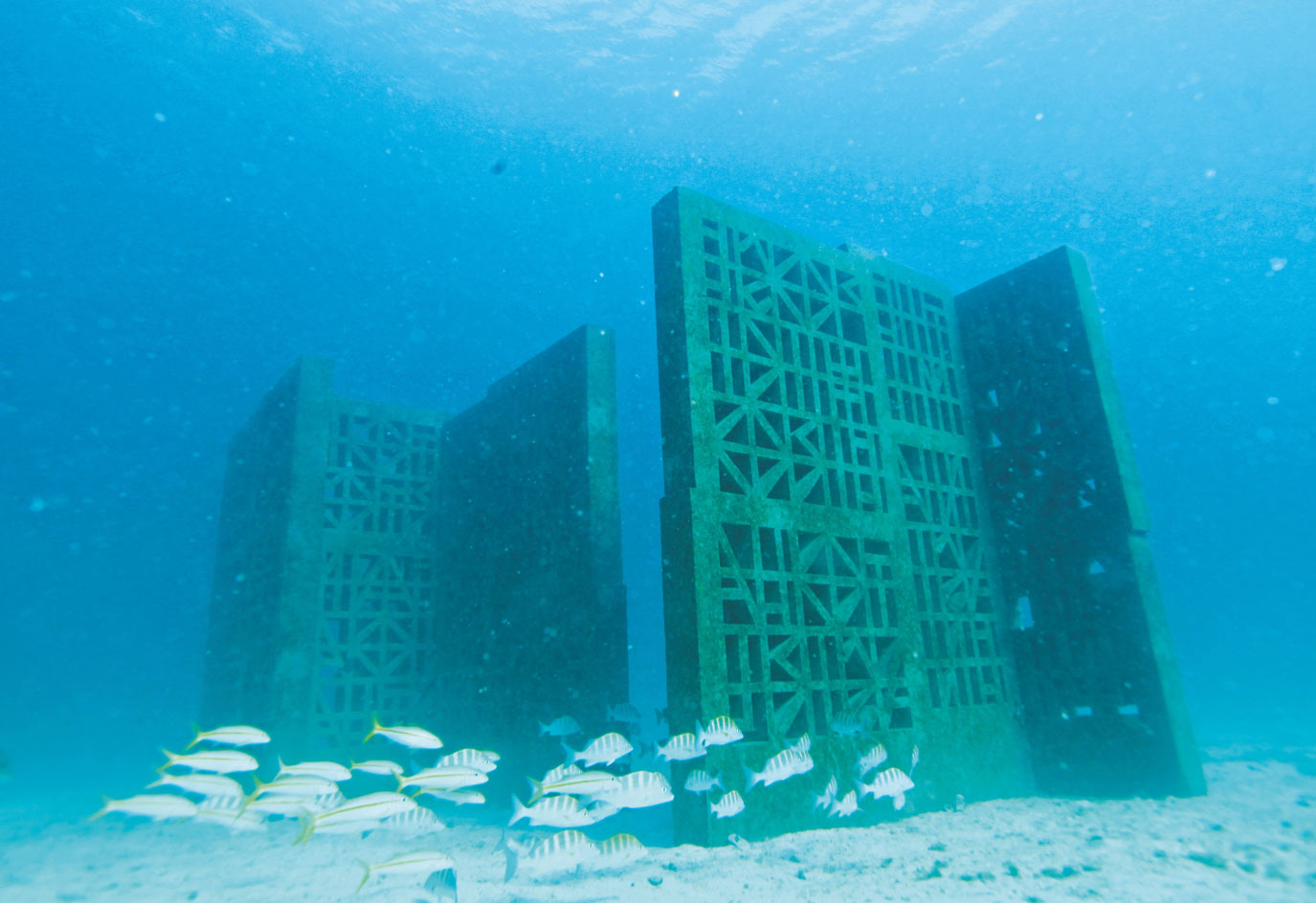
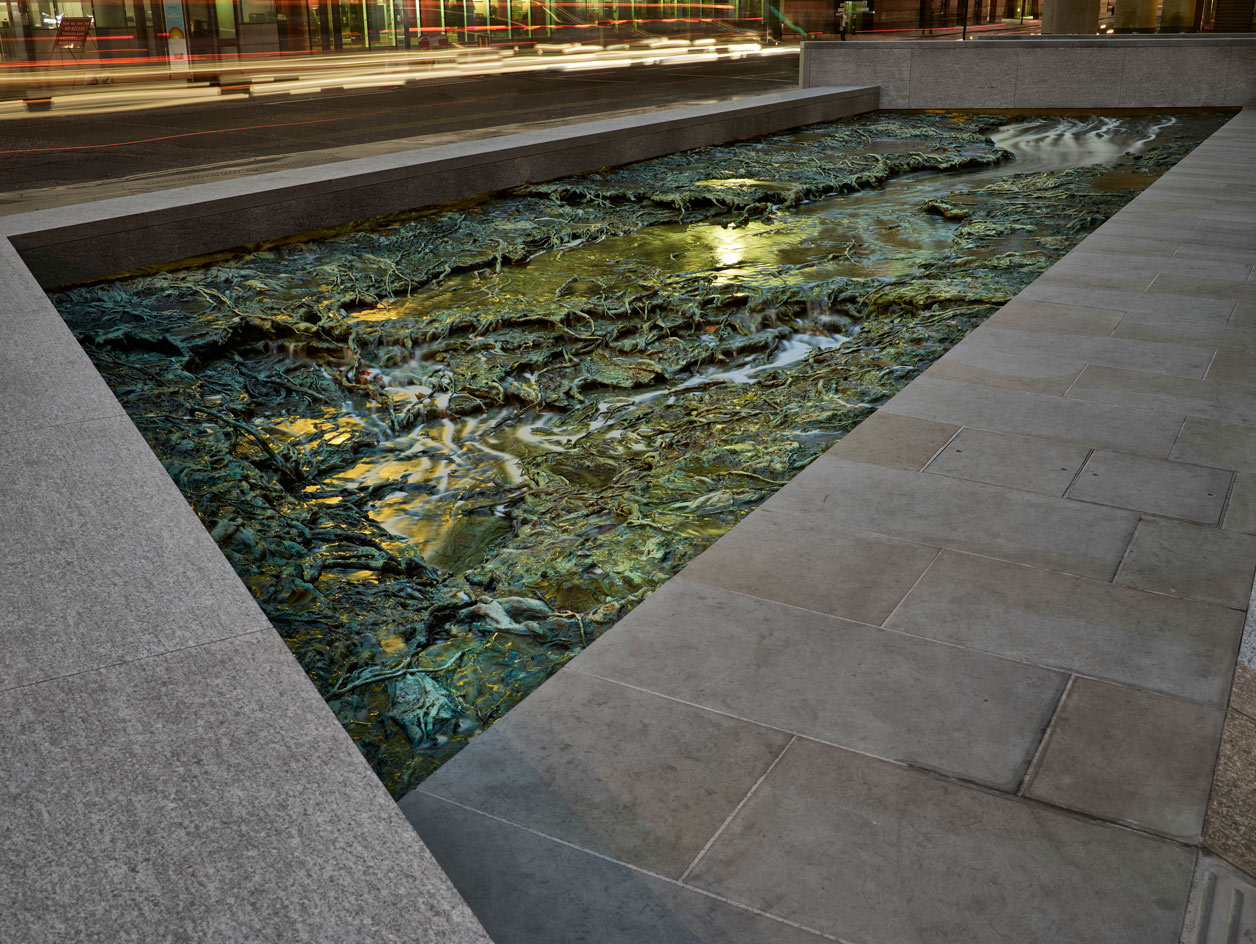
Top: Estancias Sumergidas, 2010, reinforced concrete with a neutral PH; Above: Forgotten Streams, (South-West Side), 2017, bronze, stone, hydraulic mechanism and water. Both feature in the book Liquid Sculpture: The Public Art of Cristina Iglesias, published by Hatje Cantz
INFORMATION
Receive our daily digest of inspiration, escapism and design stories from around the world direct to your inbox.
Harriet Lloyd-Smith was the Arts Editor of Wallpaper*, responsible for the art pages across digital and print, including profiles, exhibition reviews, and contemporary art collaborations. She started at Wallpaper* in 2017 and has written for leading contemporary art publications, auction houses and arts charities, and lectured on review writing and art journalism. When she’s not writing about art, she’s making her own.
-
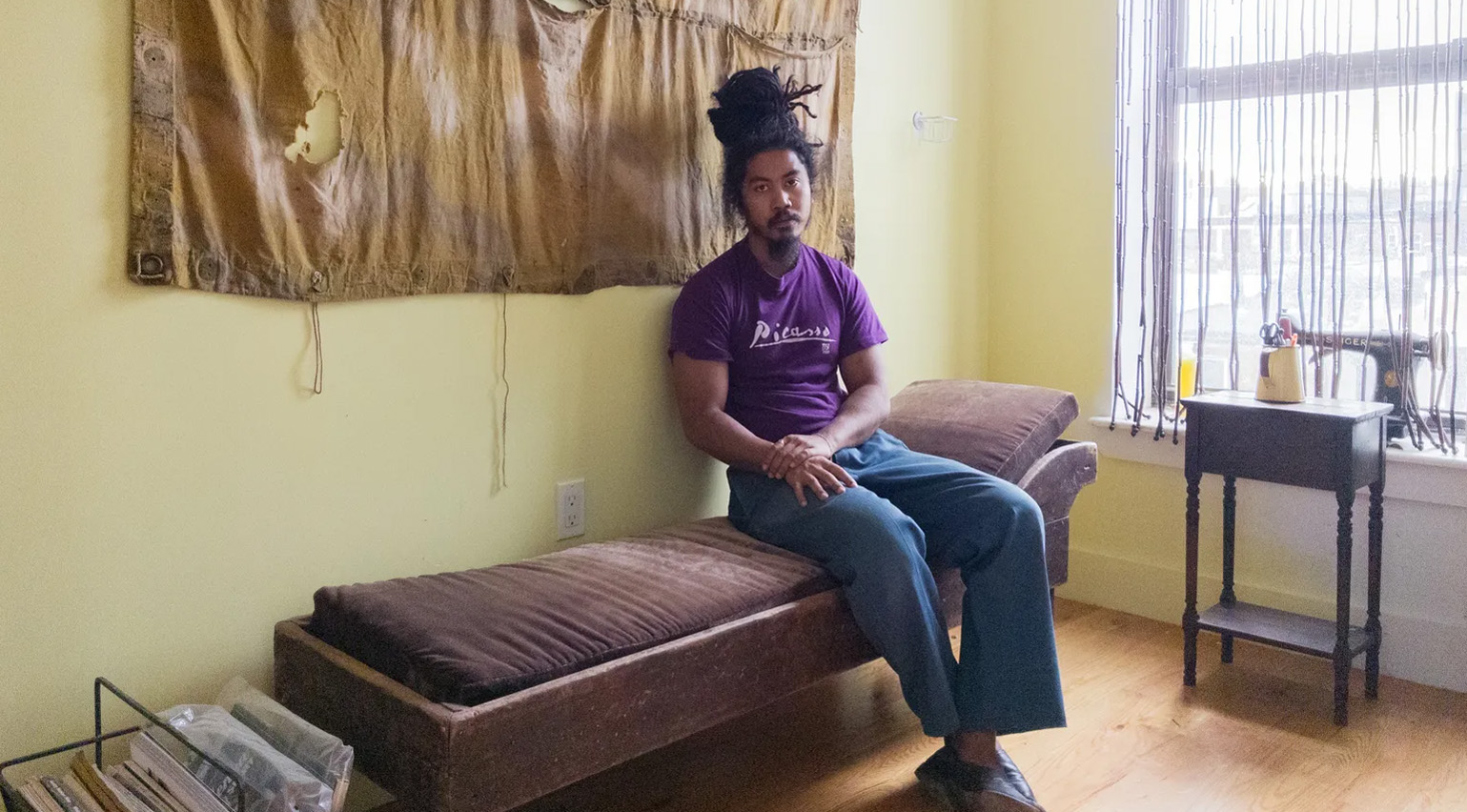 The rising style stars of 2026: Connor McKnight is creating a wardrobe of quiet beauty
The rising style stars of 2026: Connor McKnight is creating a wardrobe of quiet beautyAs part of the January 2026 Next Generation issue of Wallpaper*, we meet fashion’s next generation. Terming his aesthetic the ‘Black mundane’, Brooklyn-based designer Connor McKnight is elevating the everyday
-
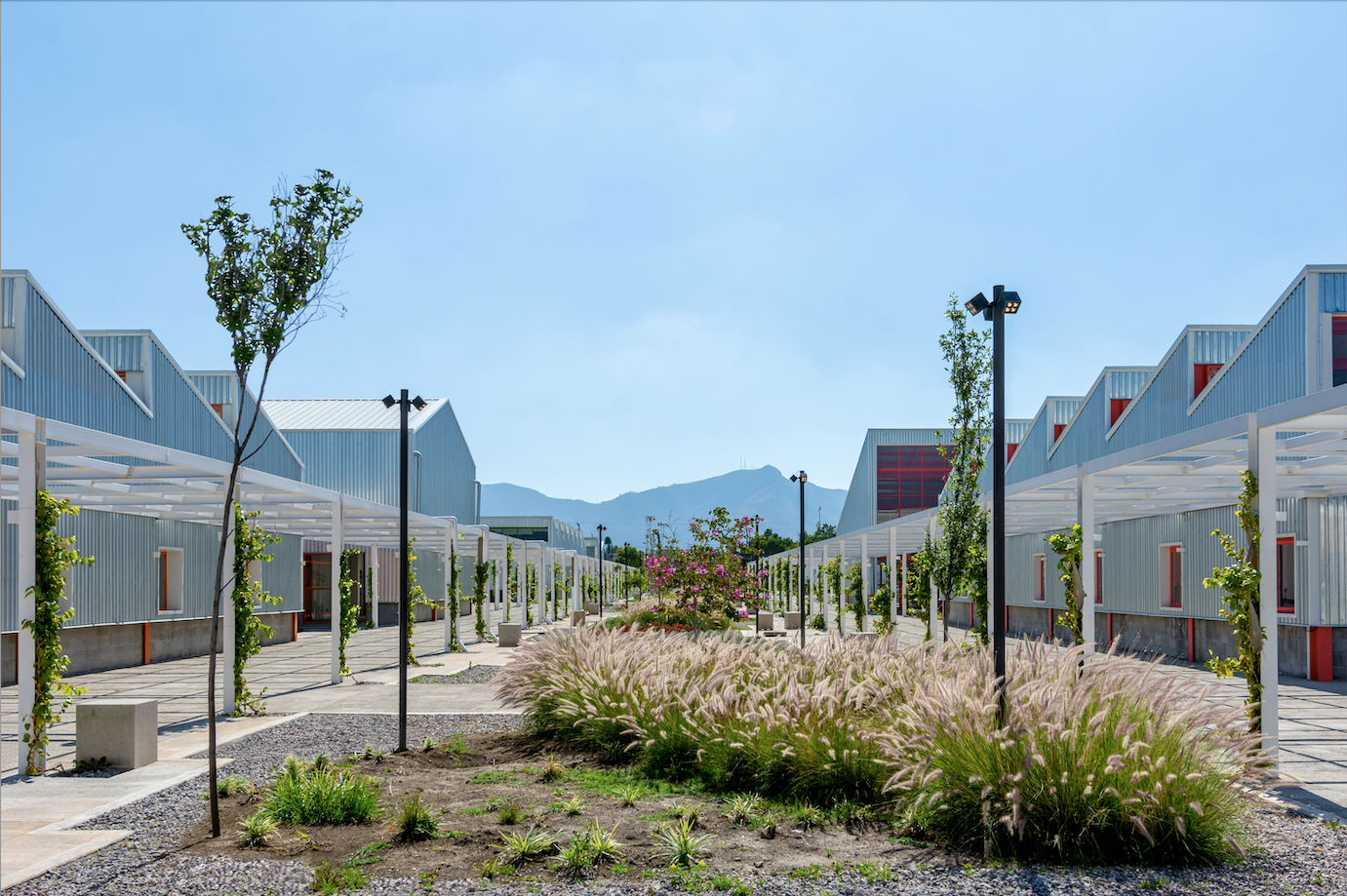 Mexico's Office of Urban Resilience creates projects that cities can learn from
Mexico's Office of Urban Resilience creates projects that cities can learn fromAt Office of Urban Resilience, the team believes that ‘architecture should be more than designing objects. It can be a tool for generating knowledge’
-
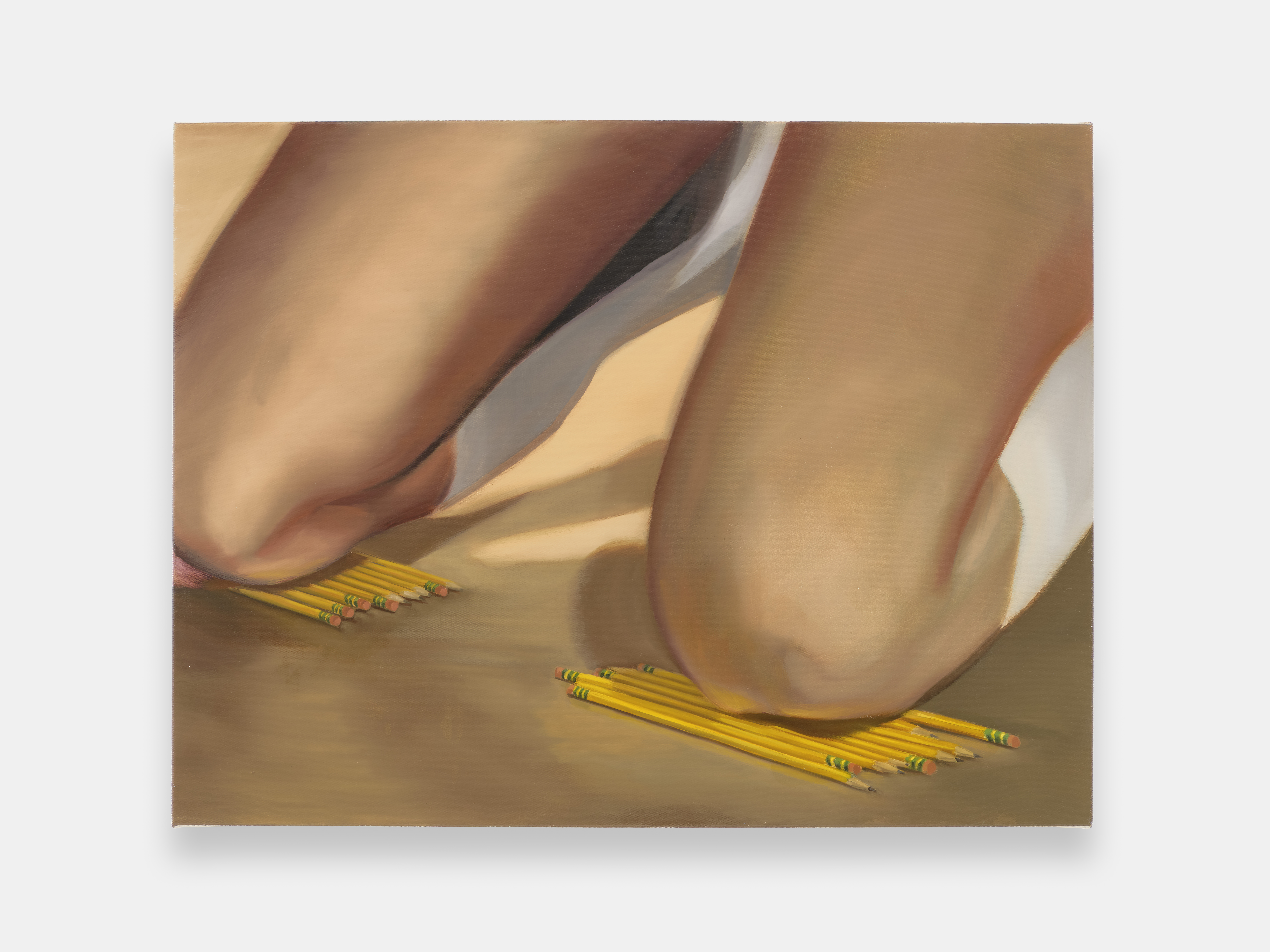 ‘I want to bring anxiety to the surface': Shannon Cartier Lucy on her unsettling works
‘I want to bring anxiety to the surface': Shannon Cartier Lucy on her unsettling worksIn an exhibition at Soft Opening, London, Shannon Cartier Lucy revisits childhood memories
-
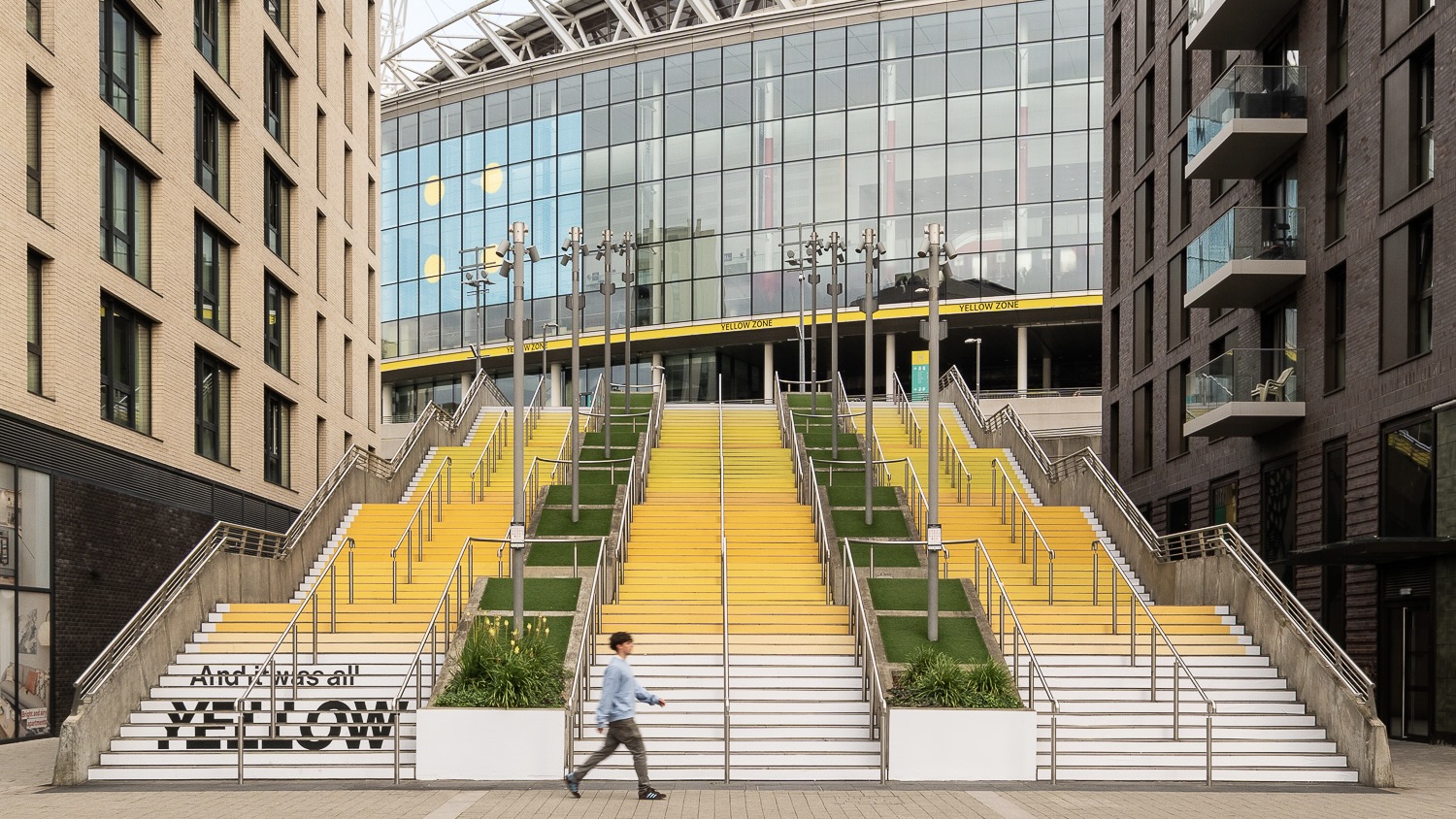 Pantone’s new public art installation is a tribute to Coldplay’s ‘Yellow’, 25 years after its release
Pantone’s new public art installation is a tribute to Coldplay’s ‘Yellow’, 25 years after its releaseThe colour company has created a – you guessed it – yellow colour swatch on some steps in Wembley Park, London, where the band will play ten shows this month
-
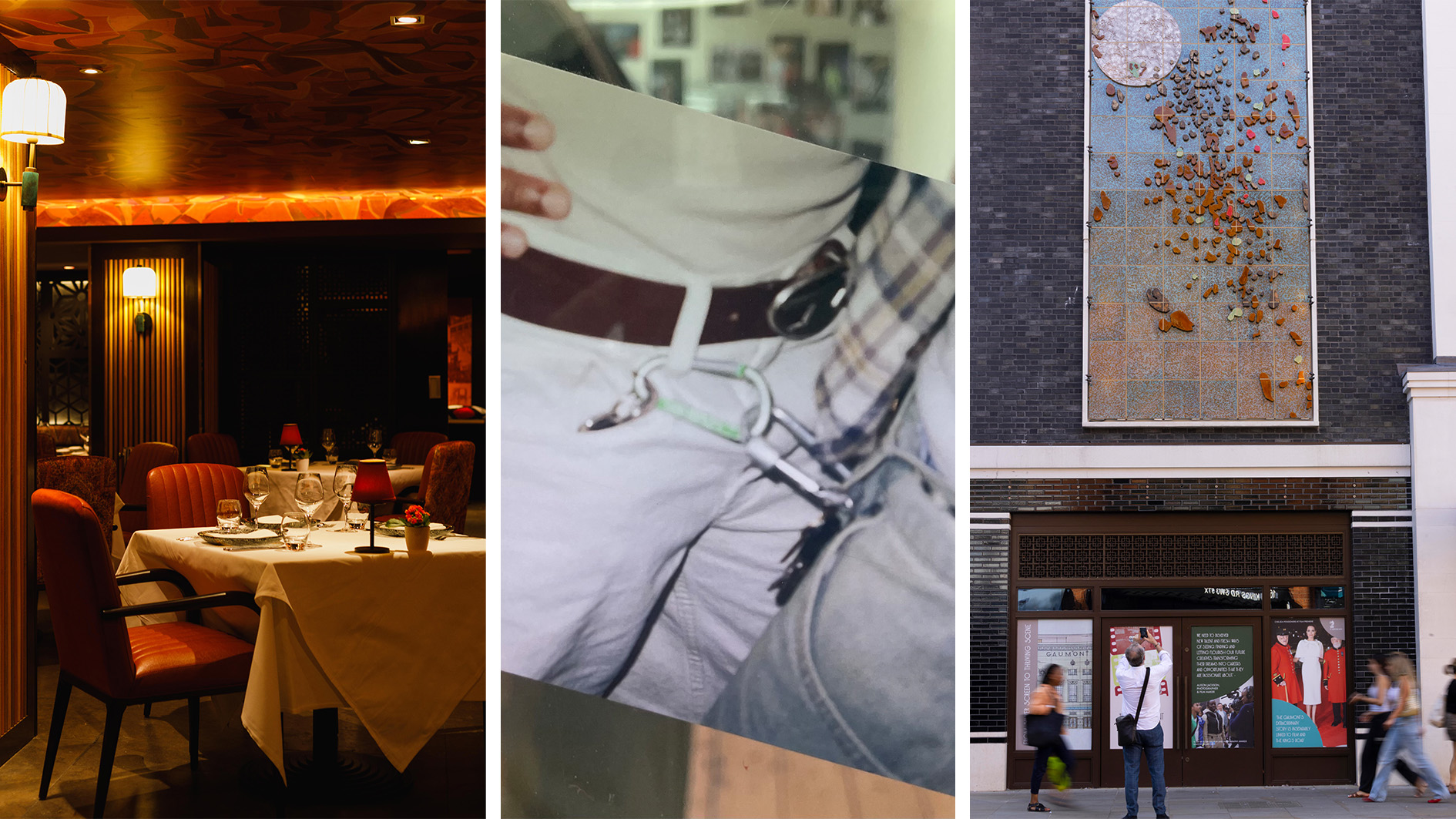 Out of office: the Wallpaper* editors’ picks of the week
Out of office: the Wallpaper* editors’ picks of the weekSummer holidays are here, with Wallpaper* editors jetting off to some exceptional destinations, including highly recommended Mérida in Mexico. Then it’s back to work, or, for one editor, back to school…
-
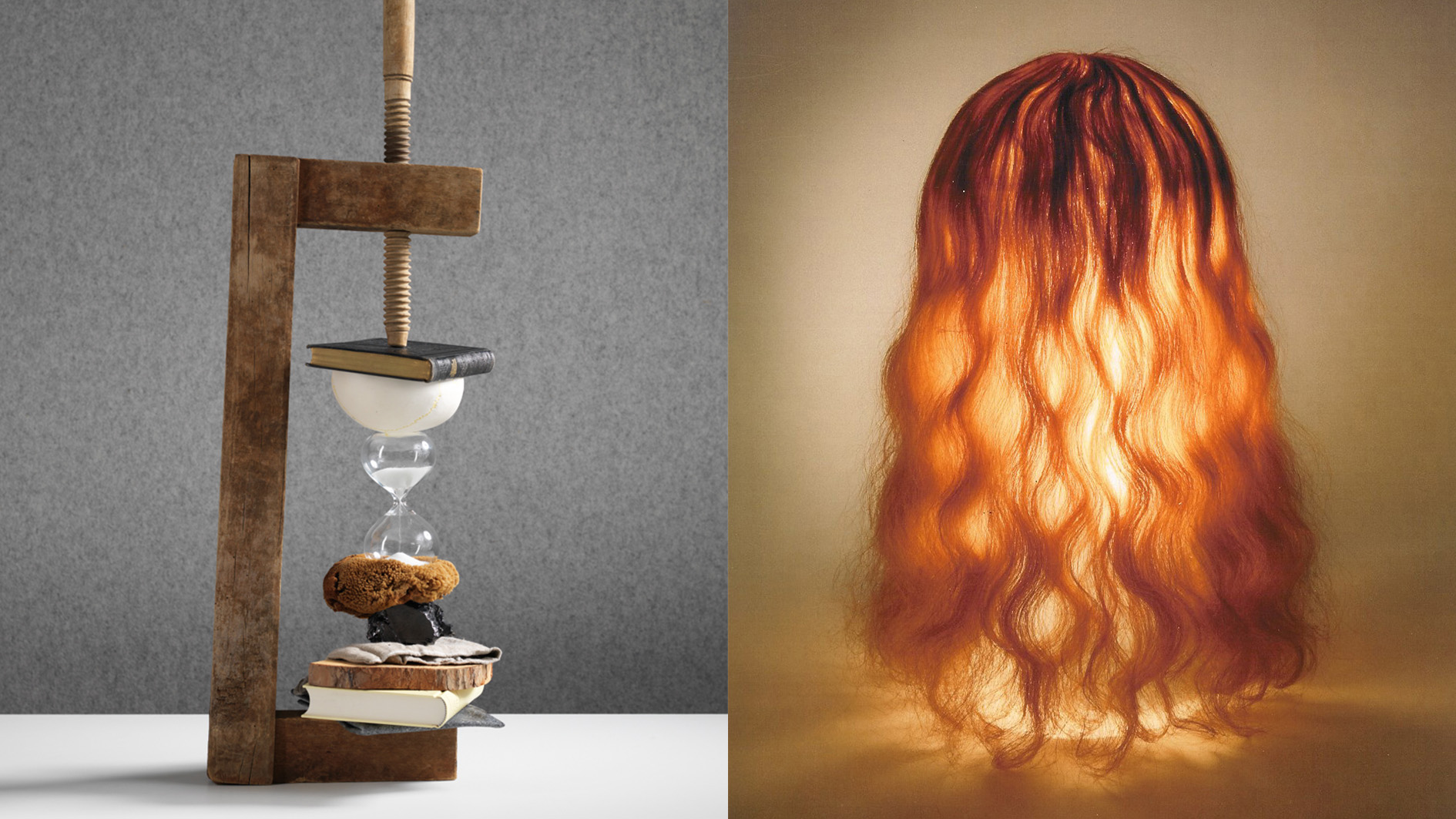 Rolf Sachs’ largest exhibition to date, ‘Be-rühren’, is a playful study of touch
Rolf Sachs’ largest exhibition to date, ‘Be-rühren’, is a playful study of touchA collection of over 150 of Rolf Sachs’ works speaks to his preoccupation with transforming everyday objects to create art that is sensory – both emotionally and physically
-
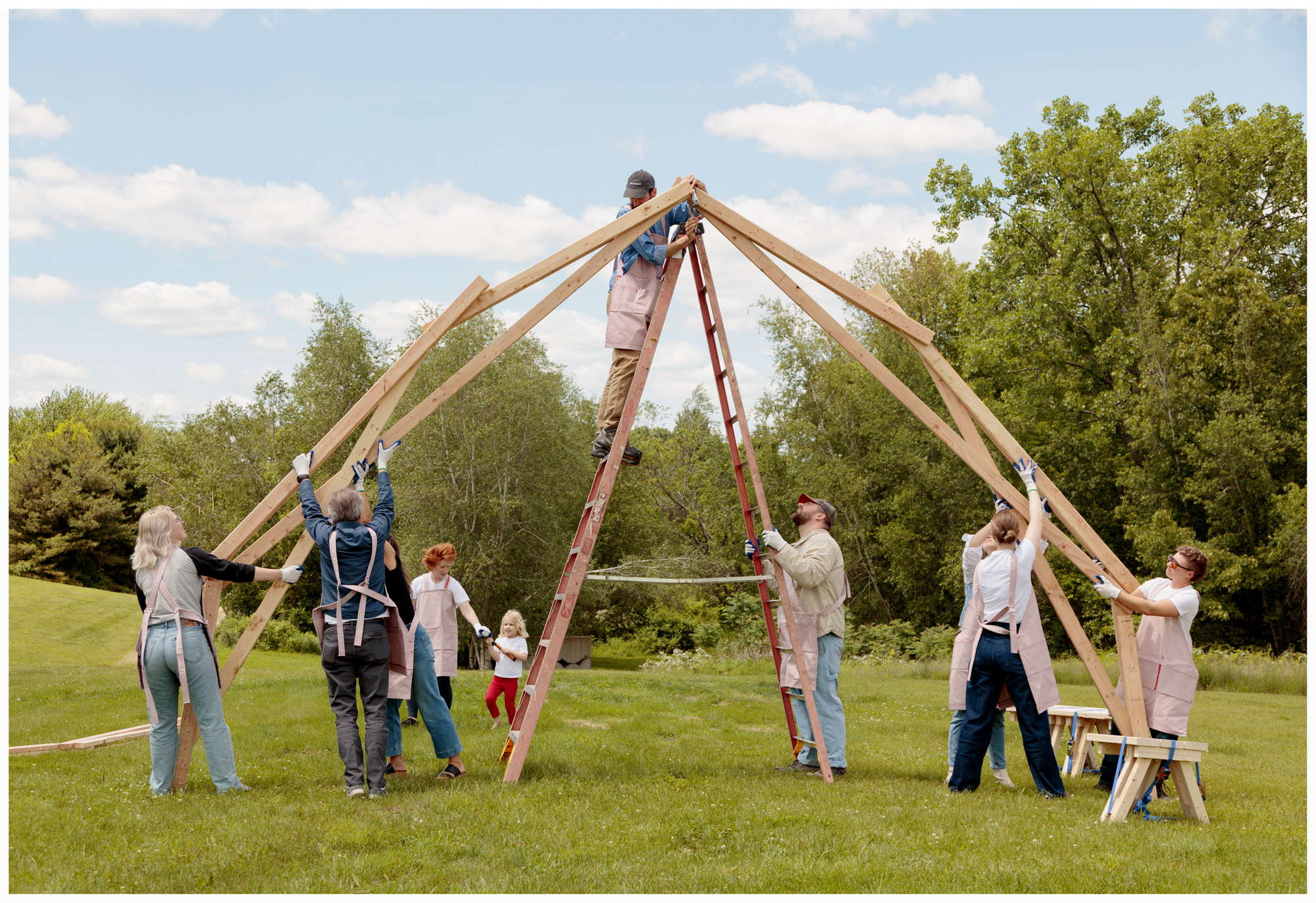 Architect Erin Besler is reframing the American tradition of barn raising
Architect Erin Besler is reframing the American tradition of barn raisingAt Art Omi sculpture and architecture park, NY, Besler turns barn raising into an inclusive project that challenges conventional notions of architecture
-
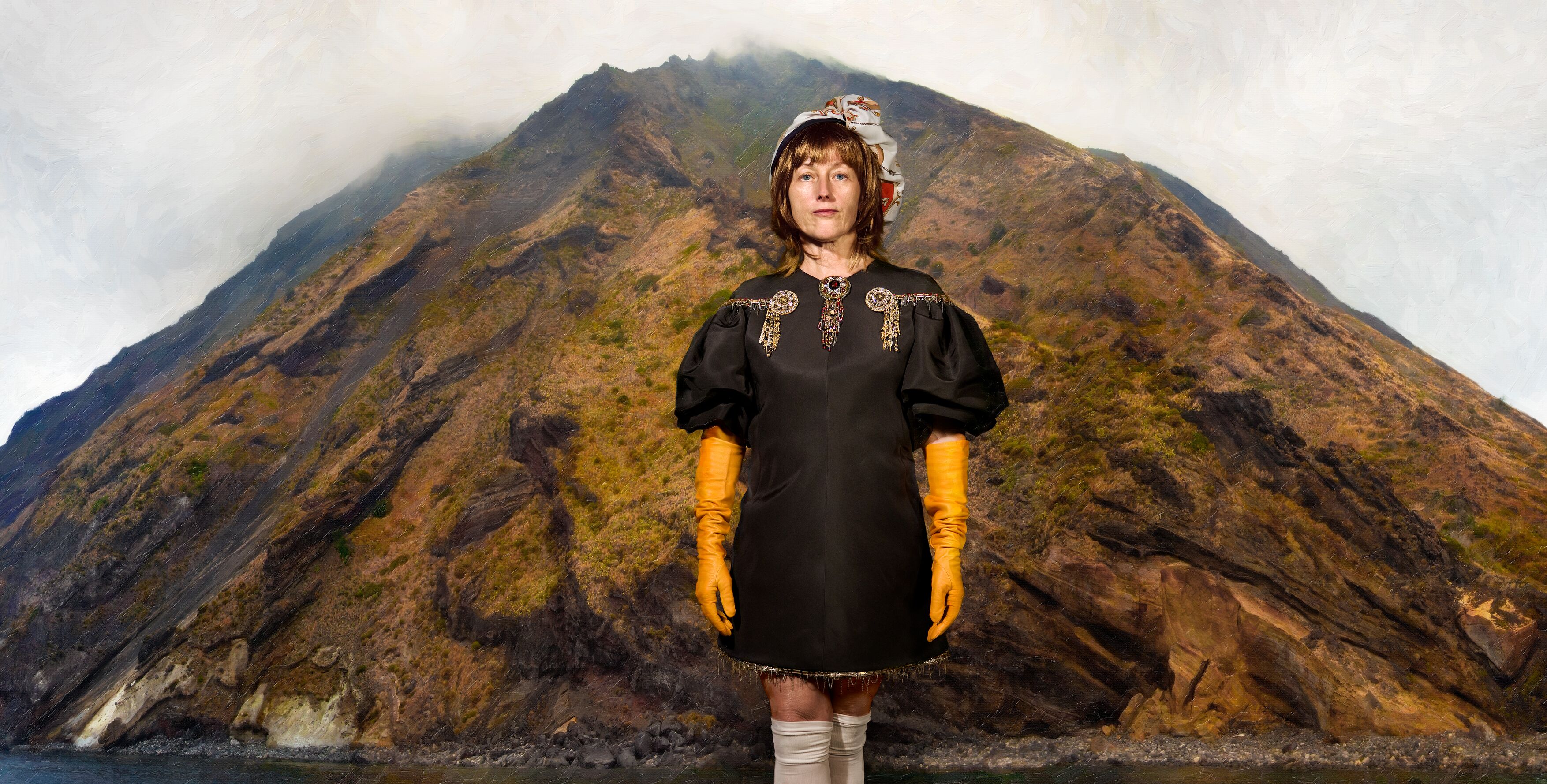 Cindy Sherman in Menorca: ‘She's decades ahead of social media and the construction of identity for the camera’
Cindy Sherman in Menorca: ‘She's decades ahead of social media and the construction of identity for the camera’‘Cindy Sherman: The Women’, its title a nod to an image-conscious 1930s Broadway hit, takes the American artist's carefully constructed, highly performative works to Hauser & Wirth Menorca
-
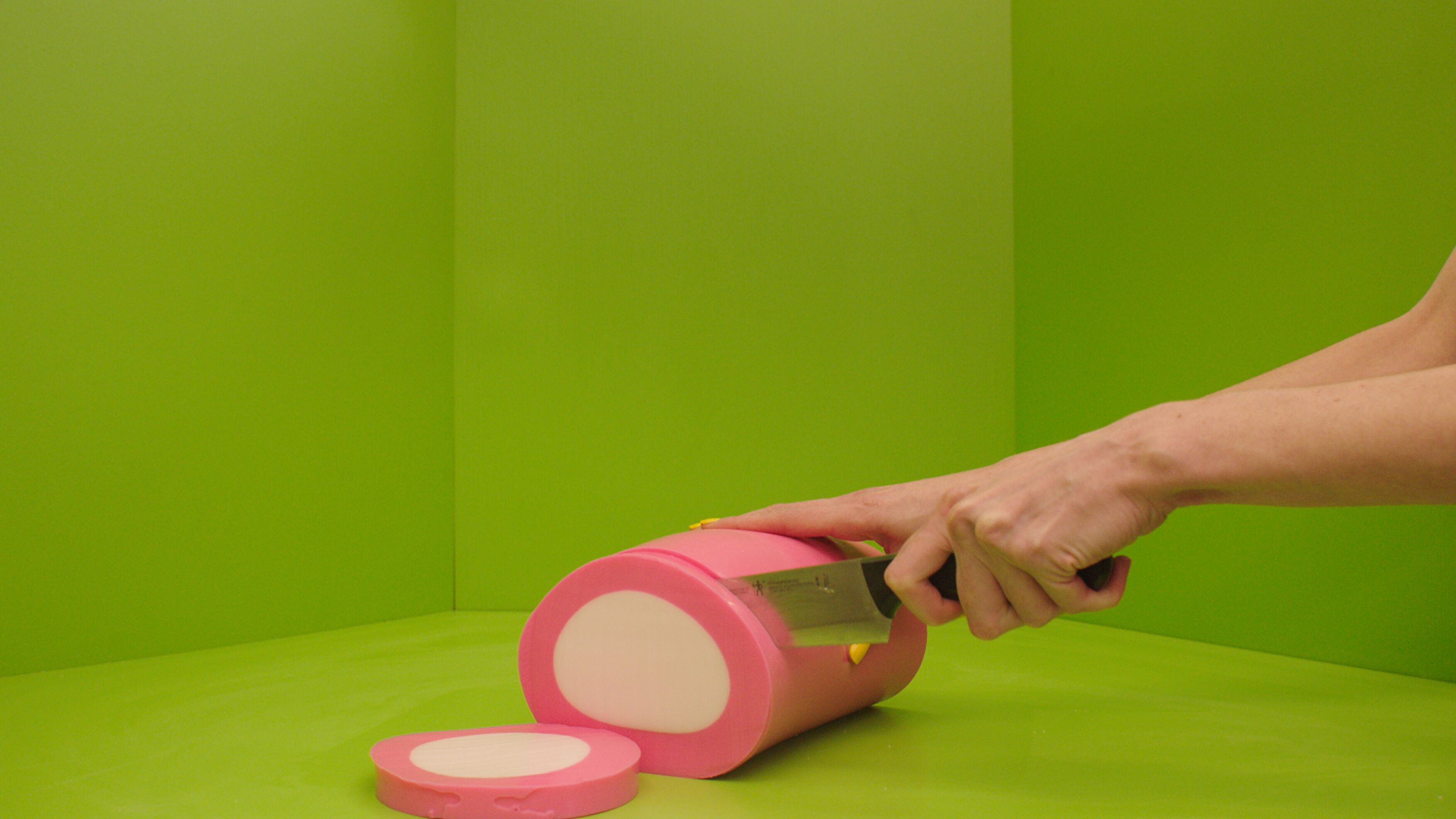 What is recycling good for, asks Mika Rottenberg at Hauser & Wirth Menorca
What is recycling good for, asks Mika Rottenberg at Hauser & Wirth MenorcaUS-based artist Mika Rottenberg rethinks the possibilities of rubbish in a colourful exhibition, spanning films, drawings and eerily anthropomorphic lamps
-
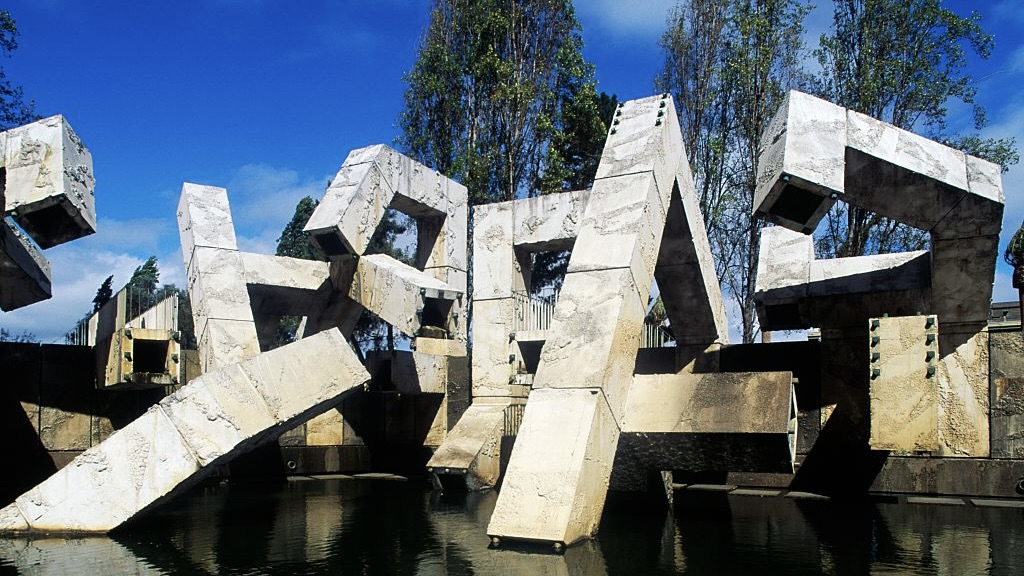 San Francisco’s controversial monument, the Vaillancourt Fountain, could be facing demolition
San Francisco’s controversial monument, the Vaillancourt Fountain, could be facing demolitionThe brutalist fountain is conspicuously absent from renders showing a redeveloped Embarcadero Plaza and people are unhappy about it, including the structure’s 95-year-old designer
-
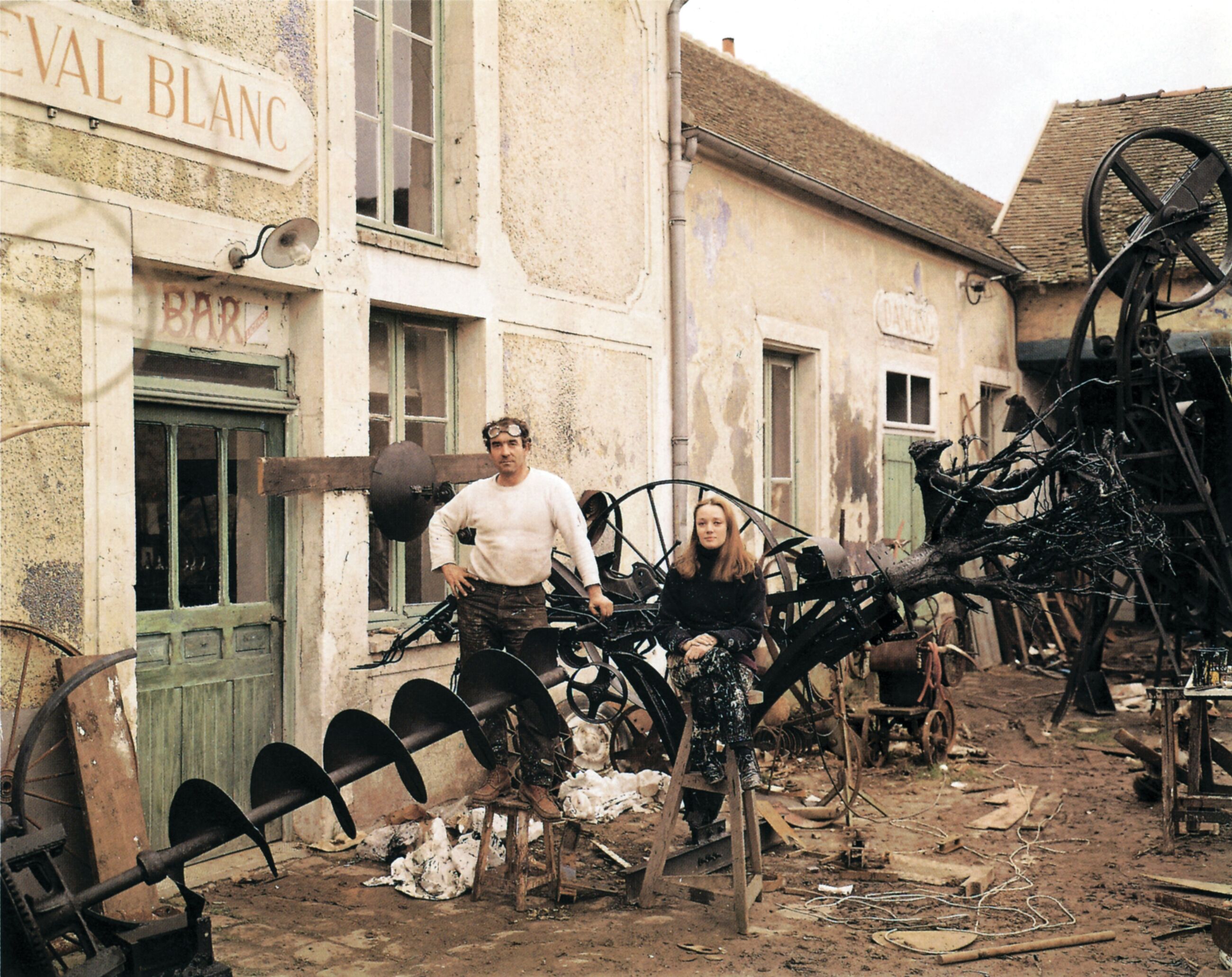 See the fruits of Niki de Saint Phalle and Jean Tinguely's creative and romantic union at Hauser & Wirth Somerset
See the fruits of Niki de Saint Phalle and Jean Tinguely's creative and romantic union at Hauser & Wirth SomersetAn intimate exhibition at Hauser & Wirth Somerset explores three decades of a creative partnership